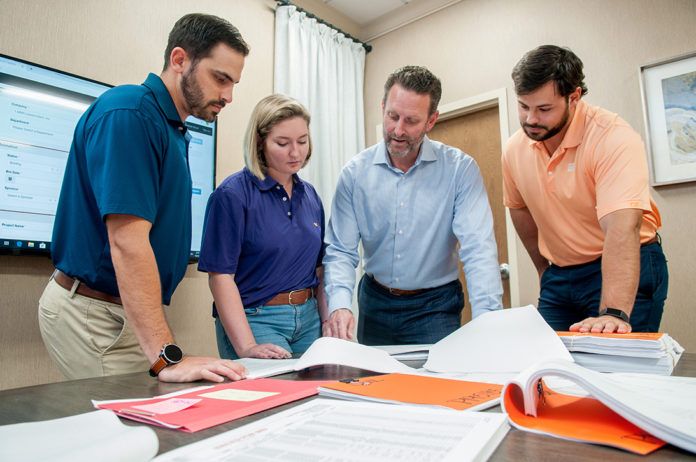
The vast majority of industrial megaprojects exceed budget and time constraints for reasons ranging from the simple to the complex. But from the outset, an unrealistic cost estimate can set the stage for significant cost overruns.
Precisely quantifying job costs is the first and best step to ensuring industrial megaproject success.
Unfortunately, that’s just not possible in the current industrial climate, says Jeramiah Blum, vice president of estimating at MMR Group in Baton Rouge, which is currently demobilizing at Sasol. These days, the electrical and instrumentation contractor is asked, more often than not, to develop estimates based upon incomplete designs.
Blum says nearly all of his estimates are calculated when designs are only 60% to 80% complete. “That’s why you see projects ballooning out of control,” he adds. “They’re putting out information too soon. They might be asking for a lump sum price before they are ready to put it out for bid. That leads to a lot of discrepancies between the drawings, scope and specifications.”
It also puts the estimator in the uncomfortable position of asking some hard questions. “Do we perform a gap analysis and fill in those voids?” Blum asks. “Or do we just bid on what we’re seeing in the drawings so that we can be competitive?”
Scott Cashio, executive director of estimating and proposals at Brown & Root Industrial Services in Baton Rouge, says bid packages are considerably less detailed than they were 20 years ago, and time frames are shorter. “In the past, we would get complete bid packages,” Cashio says. “We had all the drawings and had to ask very few questions at the end of the day.”
Now that’s all changed. “It’s just an expectation,” Cashio says. “Management says, ‘Hey, they’re asking for a lump sum price and we’re going to give it to them, so figure out a way to get there.’”


